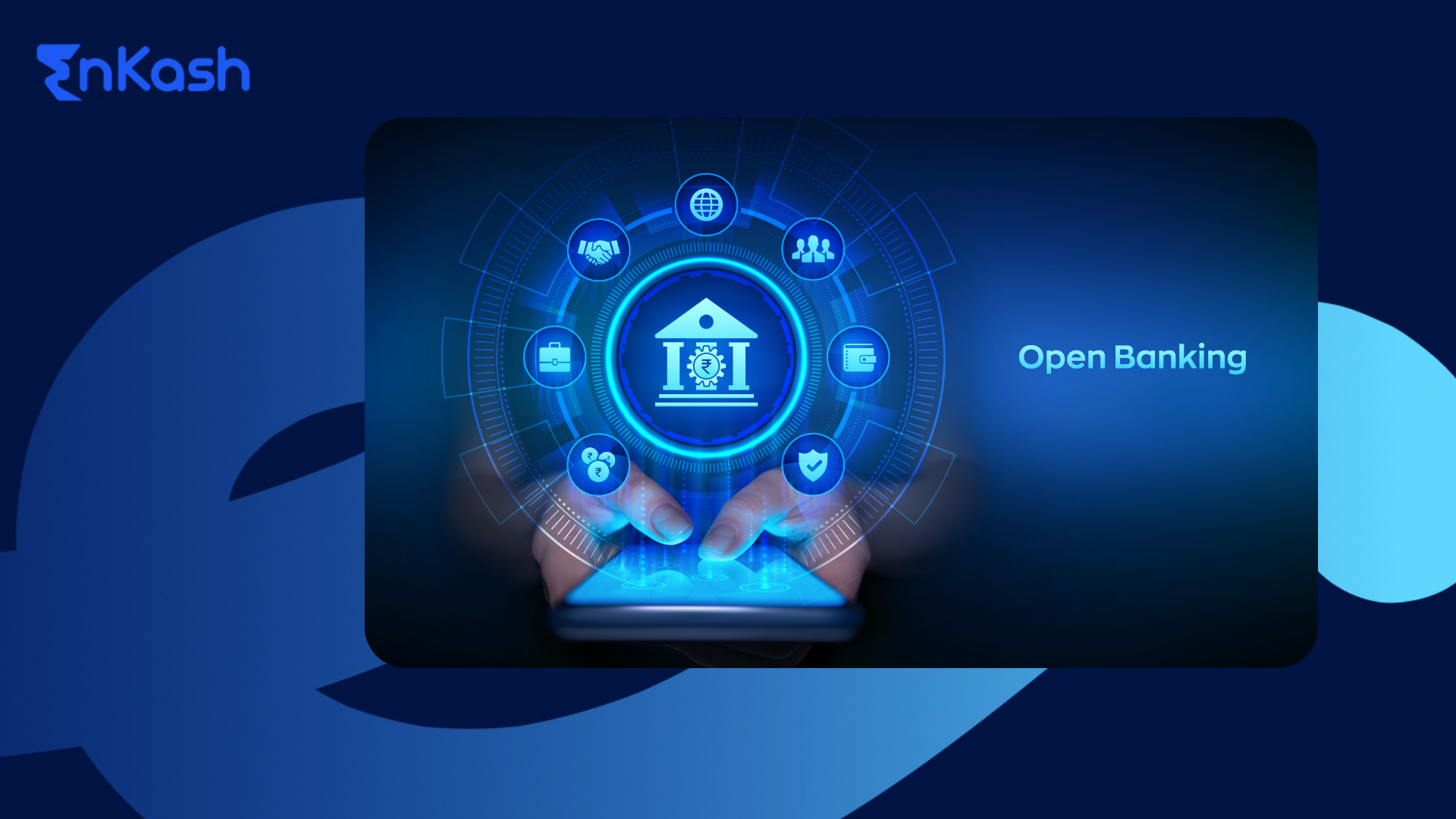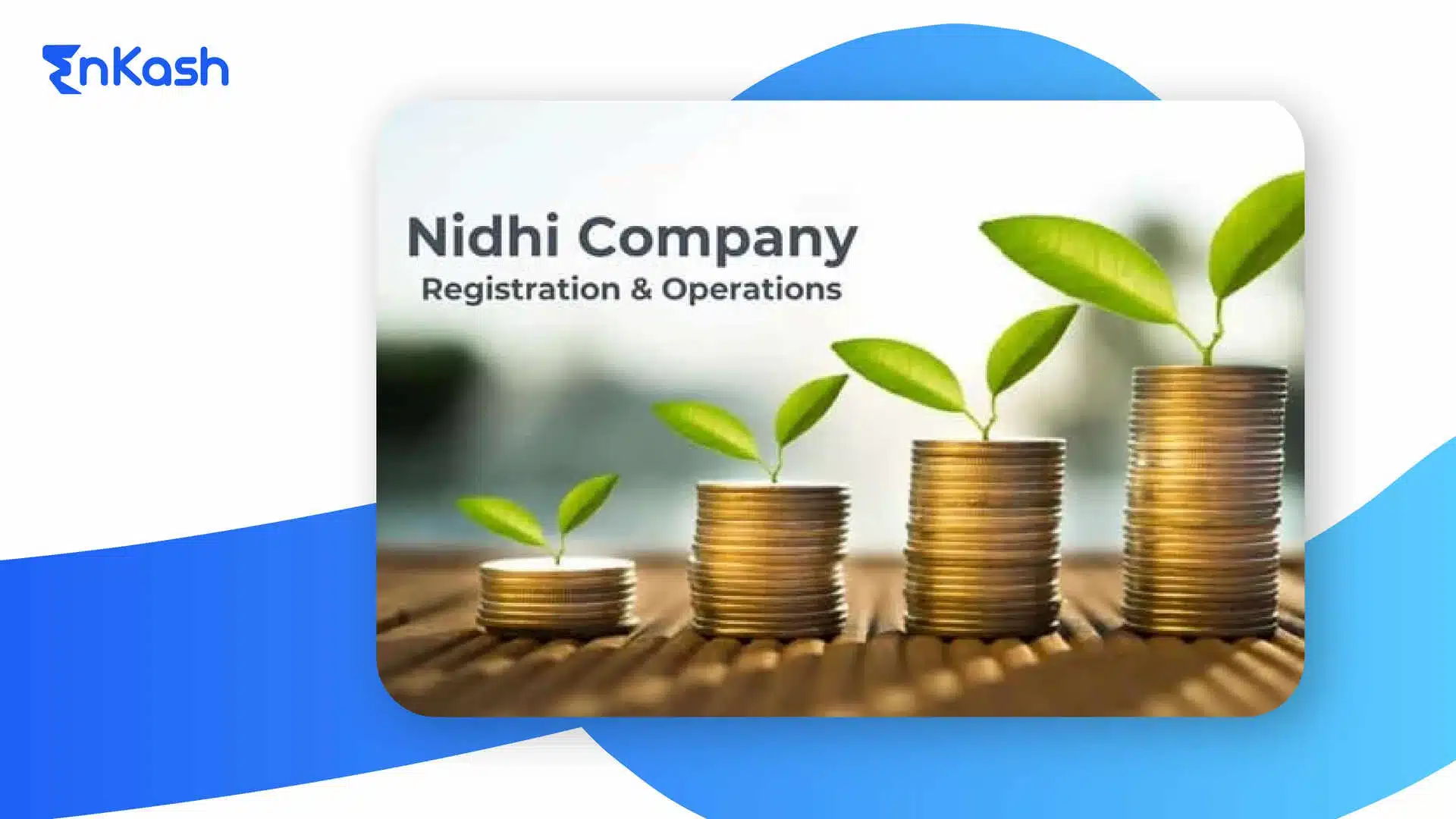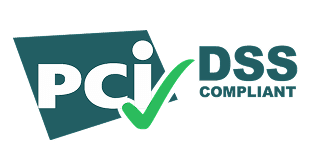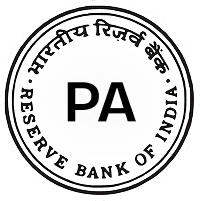Understanding the Shift in Consumer Banking
The way people manage their money is changing. In the past, most financial services were controlled by traditional banks, and customers had limited ways to access or share their information. Today, new digital methods are creating better ways to use and manage money. At the heart of this change is open banking.
To understand open banking, think of it as a system that lets customers share their banking data securely with approved third parties. This is done only when the customer agrees to it. By sharing this information, they can use new services for budgeting, payments, loans, and other needs that were once handled only by their bank.
The move towards open bank systems is part of a bigger change in how consumer banking is understood. It gives people more control over their own information and allows them to choose services that match their goals. Digital tools built on open financial technologies are making banking faster, more flexible, and easier to manage.
The growth of open fintech solutions is showing how technology can make money management more personal. In many countries, governments and regulators are setting rules to make open banking secure and reliable for everyone. This shift is not just about technology.
It is about creating a financial environment where customers have real choices, better control, and the freedom to use services that fit their needs.
Open Banking Meaning and Global Context
Open banking is a way of allowing customers to share their banking data with trusted companies outside their bank. This is done through secure systems called open banking APIs. These connections make it possible for different financial services to work together and provide better tools for managing money. The customer decides who can see their information and for what purpose.
The idea behind open banking is to give people more control over their finances. By safely linking accounts and services, customers can access tools that help them save, borrow, or make payments in ways that suit their lifestyle. This is a clear step away from the older style of banking, where the bank itself controlled nearly every part of the relationship.
Globally, open bank systems are being shaped by new rules and policies. In the United Kingdom and the European Union, regulations such as PSD2 have made it easier for approved providers to work with banks in a safe and regulated way. In open banking in India, the framework is growing through digital initiatives that connect different banks and payment services to improve customer choice. Similar steps are being taken in other regions, each building its own approach to secure and reliable open financial technologies.
The promise of open banking is greater competition, better products, and more personal service. Opening the door to innovation, it encourages both traditional banks and open fintech companies to create services that are simpler, quicker, and more connected to customer needs. At the same time, rules and oversight aim to protect the safety of personal information. This global shift shows how technology and trust can work together to reshape the meaning of consumer banking.
How Open Banking Works
Open banking changes how people and businesses interact with financial services. Instead of relying on a single bank for every need, customers can connect their accounts to different trusted services that use open banking APIs. This works only with their clear permission. By doing this, they can access tools for saving, payments, lending, and more, without losing control of their banking data.
The process is built on the application of IT in banking, making secure connections possible. It is designed to be safe, transparent, and easy for customers to manage.
Here is how it works:
Customer Consent Comes First
- The customer chooses to share their banking data with a specific service.
- Permission is given through a clear, secure authorisation process.
Secure Data Transfer through Open Banking APIs
- Banks connect with approved services using open banking APIs.
- These systems are designed to keep information safe during transfer.
Authorised Third-Party Access
- Only trusted, approved companies can use the data.
- Their access is limited to what the customer has agreed to share.
Service Delivers Value to the Customer
- Examples include open banking example services like budgeting apps, payment tools, or lending platforms.
- Each service uses the shared data to provide tailored solutions.
Customer Control at All Times
- The customer can stop sharing their data whenever they wish.
- Control is always in the hands of the account holder.
Through this system, open bank services make money management more flexible. By combining secure technology with customer choice, open financial technology offers a new way to interact with consumer banking that is both efficient and personal.
Read more: Business Finance Explained: Definition, Benefits, Types, and Key Insights
Applications and Real-World Examples
Open banking is not just a concept. It is a system that works in real situations and provides value in daily life. By allowing people to share their banking data securely, new services and tools are becoming part of everyday consumer banking. These services, built on open banking
APIs and open financial technology are making money management more practical and more personal.
Here are some clear examples of how open bank systems are being used:
Personal Finance Management
- Customers use apps that connect to their accounts to track spending.
- These tools give a clear picture of where money goes and help set savings goals.
Faster Payments
- Open banking example payment services allow direct transfers from a bank account without using cards.
- This reduces costs and speeds up the transaction process.
Tailored Loan and Credit Offers
- Lenders use shared banking data to assess real spending habits.
- This can result in quicker decisions and fairer interest rates.
Investment and Wealth Tools
- Open fintech platforms use customer data to suggest suitable investments.
- Customers can manage different accounts in one place.
Business Cash Flow Management
- Small businesses connect their accounts to open financial technologies for better tracking.
- This helps plan expenses, manage invoices, and forecast income.
Subscription and Bill Management
- Tools identify regular payments and suggest ways to reduce them.
- Customers stay in control of ongoing expenses.
Through these applications, open banking is linking technology and personal finance in a way that gives people more choice and better tools. By building on e-banking projects, it continues to create new opportunities for individuals and businesses to manage money in smarter ways.
Key Benefits of Open Banking
Open banking is changing how people manage their money by giving them control over their banking data and connecting them with services built on open banking APIs. This shift, powered by open financial technologies and open fintech, is creating more choice and better tools for managing finances.
Here are the main benefits explained in a clear and simple way:
- Greater Control and Transparency
Customers decide who can access their banking data and for what purpose. Consent is always required, and it can be withdrawn at any time. This puts control in the customer’s hands and ensures transparency in how data is used. - More Personalised Financial Solutions
By sharing information securely, customers can access services that are tailored to their actual spending habits and goals. This might include saving plans, investment suggestions, or credit offers that match their needs. Open bank systems give people access to financial tools that work specifically for them. - Better Access to Credit and Loans
Lenders using open banking APIs can review real account activity rather than relying only on traditional credit scores. This allows them to make quicker and fairer lending decisions, helping customers gain access to loans that match their circumstances. - Cost Savings and Faster Payments
Payments made through open financial technology can be faster and avoid certain traditional banking fees. This is useful for regular bills, online purchases, and business transactions, making the payment process both quicker and more affordable. - Simplified Money Management
Open fintech platforms allow customers to view all accounts and transactions in one place. This makes it easier to track spending, monitor savings, and manage budgets without switching between multiple banking platforms.
By combining security, personalisation, and flexibility, open banking is reshaping the meaning of consumer banking. It is helping people make better financial choices, improve cash flow, and access services that were previously difficult to find or slow to arrange.
Also read: Capital Financing Guide: Types, Costs, and Application
Risks of Open Banking
While open banking offers many benefits, it also brings certain challenges that customers and service providers must manage carefully. Since it involves sharing banking data with third-party services, there are risks if security and trust are not maintained. Understanding these risks is important for making informed choices.
Here are the key concerns explained simply:
- Data Security and Privacy
The most common concern in open bank systems is the safety of personal information. Even with strong open banking APIs and advanced open financial technologies, there is still the possibility of hacking or unauthorised access. Customers must only share data with trusted, approved providers and understand how their information will be used. - Fraud and Identity Theft
Sharing banking data increases the chance of targeted fraud if the wrong party gains access. Cybercriminals could use stolen data to create fake accounts or carry out unauthorised transactions. This is why regulated platforms and strict verification processes are essential in open banking. - Service Reliability and Downtime
Open fintech platforms depend on continuous connections between banks and third-party services. If there is a technical failure, customers may be unable to access certain tools or complete transactions. This could disrupt personal and business activities, particularly in e banking projects where timing is critical. - Misuse of Customer Data
Some providers might use shared data for purposes beyond what the customer agreed to. Without strong oversight, there is a risk of banking data being sold, analysed, or used for targeted marketing without clear consent. This can lead to a loss of trust in consumer banking services. - Regulatory Gaps in Emerging Markets
In some regions, including open banking in India, the regulatory framework is still developing. Without fully established laws and protections, customers may face higher risks if disputes arise or if a service mishandles their data.
The risks of open banking do not mean the system is unsafe. Rather, they highlight the need for strong regulations, secure technology, and responsible customer choices. When these safeguards are in place, open banking can provide its benefits without putting personal information or financial security at unnecessary risk.
How Technology Supports Open Banking
The growth of open banking depends on strong and secure technology. Without reliable digital systems, sharing banking data between banks and approved services would not be safe or practical. The application of IT in banking has created tools and systems that make this process both secure and efficient.
The following are the main ways technology powers open bank systems:
- Secure Data Sharing through APIs
Open banking APIs are the key to safe communication between banks and third-party services. They create controlled channels where data can be transferred without exposing sensitive information. This ensures that only the data a customer agrees to share is passed along. - Strong Identity Verification
To protect consumer banking from fraud, advanced verification systems confirm the identity of both customers and service providers. Multi-step security checks make it harder for unauthorised users to access accounts. - Encryption and Data Protection
Modern open financial technologies use encryption to protect information while it is being sent and stored. This makes it extremely difficult for cybercriminals to intercept or misuse the data. - Real-Time Connectivity
Open fintech platforms connect with banks in real time. This allows instant updates on balances, transactions, and spending patterns. Customers can make decisions based on the most current information available. - Integration with E-Banking Projects
Many e-banking projects now work alongside open banking systems. This creates a smooth experience where customers can access different services from one place without having to manage multiple platforms.
Technology is the foundation that supports the promise of open banking. Without secure systems, reliable connections, and advanced protection methods, sharing banking data would carry far greater risks.
As digital systems continue to improve, open banking will become safer, faster, and more adaptable to customer needs.
Open Banking in India
Open banking in India is rapidly evolving as digital finance becomes part of daily life. The aim is to give customers greater control over their banking data while improving access to modern financial tools. In India, banks and fintech firms connect indirectly via the AA ecosystem. APIs are used by AAs under RBI‑defined technical specifications to transfer data only after customer consent, ensuring privacy and oversight.
In India, the application of IT in banking is supported by government-led initiatives and regulatory frameworks. These efforts focus on secure data sharing, strong verification, and customer consent at every stage. E-banking projects linked to open financial technologies are helping people make payments, track spending, and manage savings more easily.
Although the promise of open banking is strong, there is still a need for clear rules and customer awareness to manage the risks of open banking. With careful growth, it can transform how consumer banking works in India.
Also read: Purchase Order (PO): Definition, Process, and Flowchart
Conclusion
Open banking is transforming the way people use consumer banking by giving them control over their banking data and access to better financial tools. Secure open banking APIs and open financial technologies enable easy management of accounts, make payments, and receive tailored services with ease. The promise of open banking is strong, but the risks associated with it, including fraud and misuse, require strict safeguards and customer awareness. In markets like open banking in India, success will depend on trust, regulation, and technology. Managed well, open bank systems can deliver safer, smarter, and more flexible banking for everyone.
FAQs
1. How does open banking work for everyday customers?
Open banking enables customers to share their banking data securely with approved third-party providers. This connection, enabled by open banking APIs, lets people access personalised financial tools, manage multiple accounts in one place, and make faster, low-cost payments while keeping control over their information.
2. Is open banking safe for personal financial information?
Open banking employs stringent security measures such as encryption, secure open financial technologies, and customer consent protocols. While there are risks of open banking, selecting regulated providers and understanding how your banking data is used reduces the chance of fraud, identity theft, or misuse.
3. Can small businesses benefit from open banking?
Yes. Open bank systems help small businesses track cash flow, manage invoices, and access faster payments. With open financial technology, companies can link accounts to tools that analyse transactions, forecast income, and offer tailored credit options based on actual banking data.
4. What is an example of open banking in use?
An open banking example is a budgeting app that connects to your bank account through secure open banking APIs. It analyses spending, shows where your money goes, and suggests ways to save. This real-time insight is only possible because of shared, consent-based banking data.
5. How is open banking different from e-banking projects?
E-banking projects focus on digital access to a customer’s bank services. Open banking, however, allows secure sharing of banking data with other providers, enabling new services, payment options, and tools beyond traditional bank systems through open fintech innovations.
6. Does open banking require customer approval?
Yes. Consumer banking rules require explicit consent before any banking data is shared. Customers choose which data to share, with whom, and for how long. Without this approval, open bank systems cannot provide access to third-party services or tools.
7. What role do open banking APIs play?
Open banking APIs are the secure channels that link banks with third-party services. They control which banking data is shared, keep connections safe, and ensure that only authorised services can access information approved by the customer.
8. How does open banking support financial planning?
Through open financial technologies, customers can access tools that combine all account information in one dashboard. This helps track spending, monitor savings, plan investments, and reach financial goals with real-time data rather than relying on delayed or incomplete statements.
9. Can open banking improve access to loans?
Yes. Lenders using open banking can see actual transaction patterns through secure data sharing. This helps them assess creditworthiness faster, offer fairer rates, and approve loans for customers who might not qualify under traditional consumer banking standards..
10. What is the promise of open banking for the future?
The promise of open banking is a more connected financial world where customers have full control over their banking data. By combining open fintech innovation with strong regulation, it can make banking more personalised, competitive, and responsive to individual needs.








